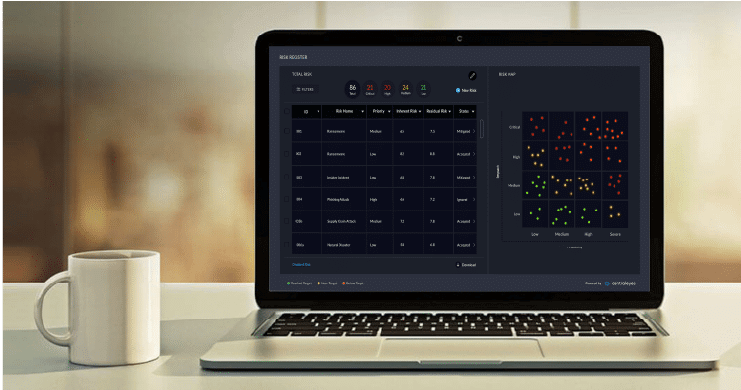
• Cybersecurity costs can be effectively analyzed using a quality cost model that classifies spending into prevention, appraisal, internal failures, and external failures.
• The NIST Cybersecurity Framework (CSF) serves as a basis for linking cybersecurity operations to cost categories, enabling clearer tracking and improvement.
• Mapping NIST CSF subcategories to quality cost types supports financial analysis, process improvement, and maturity assessment of cybersecurity programs.
Cybersecurity spending often lacks a consistent framework for tracking effectiveness or return on investment. To address this, the cost of quality model, widely used in manufacturing and software development, is adapted for cybersecurity. This approach categorizes costs into prevention (proactive controls), appraisal (testing and evaluation), internal failures (remediation of internal incidents), and external failures (public breaches or data loss). These categories help organizations assess resource allocation and evaluate whether their efforts are preemptive, reactive, or inefficient.
The NIST Cybersecurity Framework, which includes 98 subcategories across functions like Identify, Protect, Detect, Respond, and Recover, provides the structure to align cybersecurity tasks with cost categories. Each subcategory represents a security objective, such as device inventory or incident response, which can be matched to prevention, appraisal, or failure-related activities. Some subcategories span multiple cost types, depending on how they’re implemented—for example, testing backups versus setting them up.
Using this mapping, organizations can analyze cybersecurity costs through dashboards, track trends over time, and correlate cost patterns with organizational maturity. Internal and external failure distinctions—often missing from current cybersecurity metrics—are essential for understanding how incidents impact customers and stakeholders. Benchmarking against maturity models like C2M2 or the Baldrige Cybersecurity Excellence Builder can reveal whether investment strategies align with improvement goals.
Cybersecurity cost of quality metrics can highlight inefficiencies, such as too little investment in prevention or excessive rework. Visualizations like Pareto charts or time series graphs help communicate these insights. Over time, this model enables better decision-making, improves resilience, and supports continuous improvement in cybersecurity risk management.


Leave a Reply
You must be logged in to post a comment.